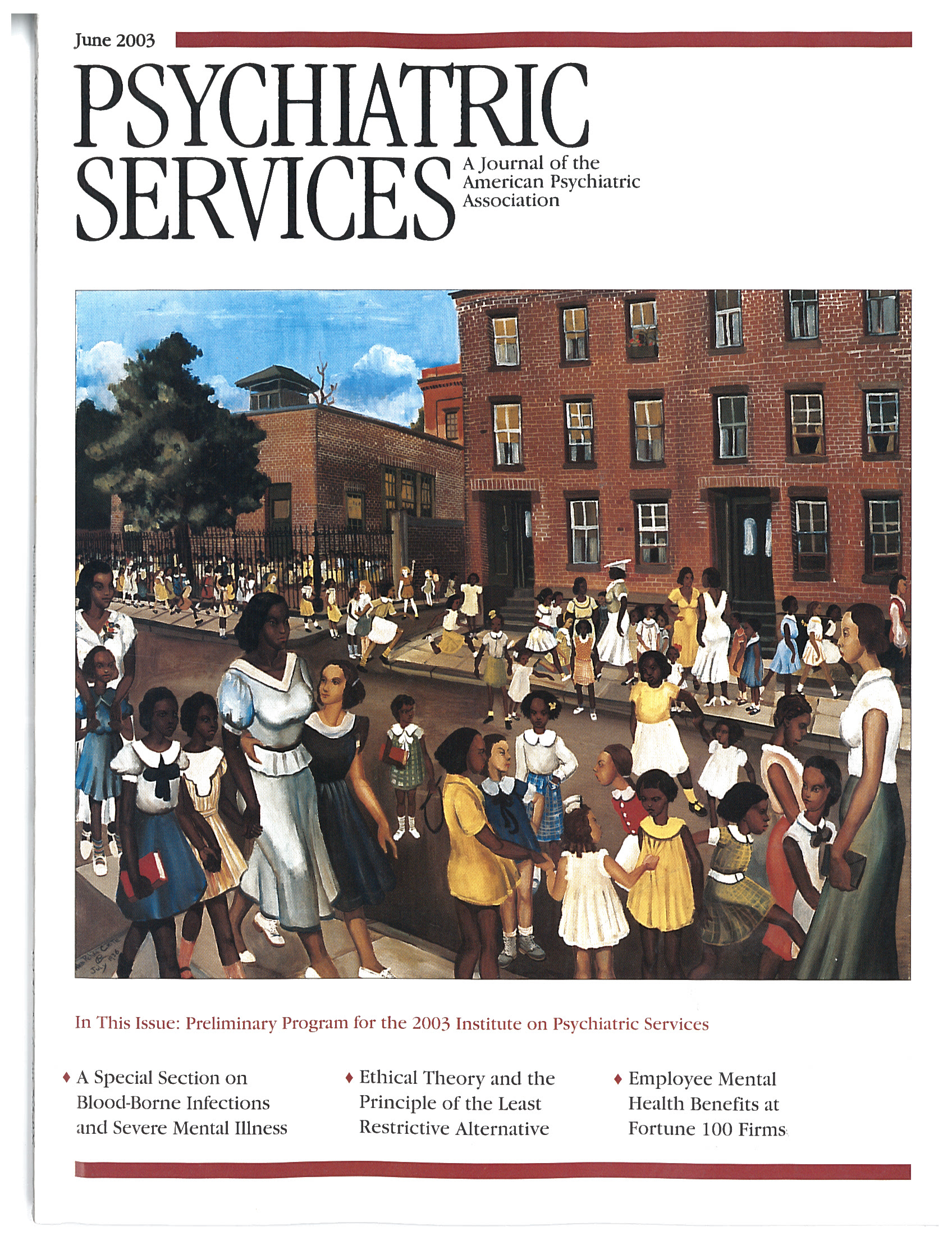This volume, intended to stimulate research and provide direction to the psychiatric community as it wends its way to DSM-V, will satisfy both the experienced and the early-career psychiatrist. Consisting of six "white papers" from an international panel of experts, A Research Agenda for DSM-V prods the reader to assess the reliability of existing diagnostic criteria and to consider carefully issues of etiological and pathophysiological mechanisms. Interestingly, most of the panelists were not closely involved in the development of DSM-IV. This book will stimulate research by bringing into play information about updated empirical databases, providing insight into the process of integrating research findings from a classification system that is etiologically based rather than descriptive, and stimulating discussion at all levels, from residents in training seminars to working groups of research investigators around the world.
To date, the descriptive classification paradigm has allowed better communication among mental health care professionals, but frustrating limitations endure. The reader is invited to go beyond our current pattern of thinking in clusters of symptoms to attempt to integrate new information from global sources and a variety of technologies. The reader can reassess the assumption that current disorders are discrete entities that are not based on a valid etiopathogenic classification. The reader also notes the extremely high rate of comorbidity of disorders, the instability of diagnoses over time, and the lack of treatment specificity.
There are many arguments against changing criteria: the potential for confusion, the need to change forms, problems for longitudinal research projects, and potential discredit of earlier versions of DSM. Moreover, the authors indicate some potential biases as understandable human urges to make changes—for example, individuals may improve their renown by having their own category formally recognized in DSM-V. These disadvantages could be reduced through built-in safeguards and will be balanced with the strong benefits that large changes might bring.
A chapter about nomenclature touches on potentially sensitive topics: the use of dimensions instead of categories, especially in the area of personality disorders; reductions of the gaps between DSM and ICD; and cross-cultural use of DSM-V in nonpsychiatric settings.
A chapter on neuroscience research aims for evolution in nosology on the basis of etiology of the psychiatric disorders as a sine qua non for more selective treatment and valid prognosis. Multimodal methods in combination with genetic research are expected to identify patterns of brain function linked to a specific genotype, called endophenotypes. A proposed multiaxial diagnosis logically follows the flow of a detailed presentation: axis I, genotype; axis II, neurobiological genotype; axis III, behavioral phenotype; axis IV, environmental modifiers and precipitants; and axis V, therapeutic target and response.
A chapter titled "Advances in Developmental Science and DSM-V" calls for a focus on identifying pathology, especially among children of preschool age, and on making better use of neuroscience resources to inform diagnosis and prevention trials.
The chapter on personality and relational disorders is particularly enticing, because it offers a dimensional model classification as an alternative to the categorical classification. Are there fundamental aspects of personality disorders that could not be represented by the dimensional model? It is up to future research to explore this question as well as "the longitudinal course of the personality dispositions, their biological mechanisms, their implications for the course and treatment of the general medical and other disorders." The research agenda in this field is very rich and well structured, with proposed ideas for the personality traits and disorders as spectrum conditions of axis I and much, much more.
Regarding relational problems as merely risk factors in the course of established disorders may impede effective treatment. These problems could be severe enough to be regarded as disorders in their own right. The big problem is that if the focus is too broad—as, for example, in the case of racial issues—a much too vast area of social behaviors may become medicalized, and the management of such cases falls outside of psychiatry.
In the book's fifth chapter, the authors note that the Global Assessment of Functioning combines symptoms and functioning in one scale. Thus measuring functional impairment itself is inaccurate. Likewise, the requirement for impairment before a psychiatric diagnosis is assigned may impede early intervention. However, the dilemma is that given the limited resources and the need for equity regarding who gains access to services, the threshold for a specific condition to be considered a mental disorder should ultimately be determined by the level of dysfunction.
Each of the five chapters includes cross-cultural considerations. Moreover, the book also includes a chapter on cross-cultural issues aimed at producing integration. Compact and less concrete, this chapter seems to be an ambitious attempt to deal with methodologic, curricular, and doctrinal problems. My own experience, both as a naive foreigner and as an early-career International Medical Graduate, is that there is an attitudinal problem as well. As Fadiman (
1) points out, cross-cultural medicine can be a tricky business. By relying on the prevailing cultural milieu as the standard, one can all too easily obtain a distorted image of a person from another culture. In the same way that the recent Mars exploration failed because of problems converting inches to meters, any number of beliefs and practices may be misinterpreted. The chapter is called "Beyond the Funhouse Mirrors: Research Agenda on Culture and Psychiatric Diagnosis," and it sounds like an invitation to participate in change.
For younger professionals in particular, A Research Agenda for DSM-V may yield a treasure trove of research topics.

